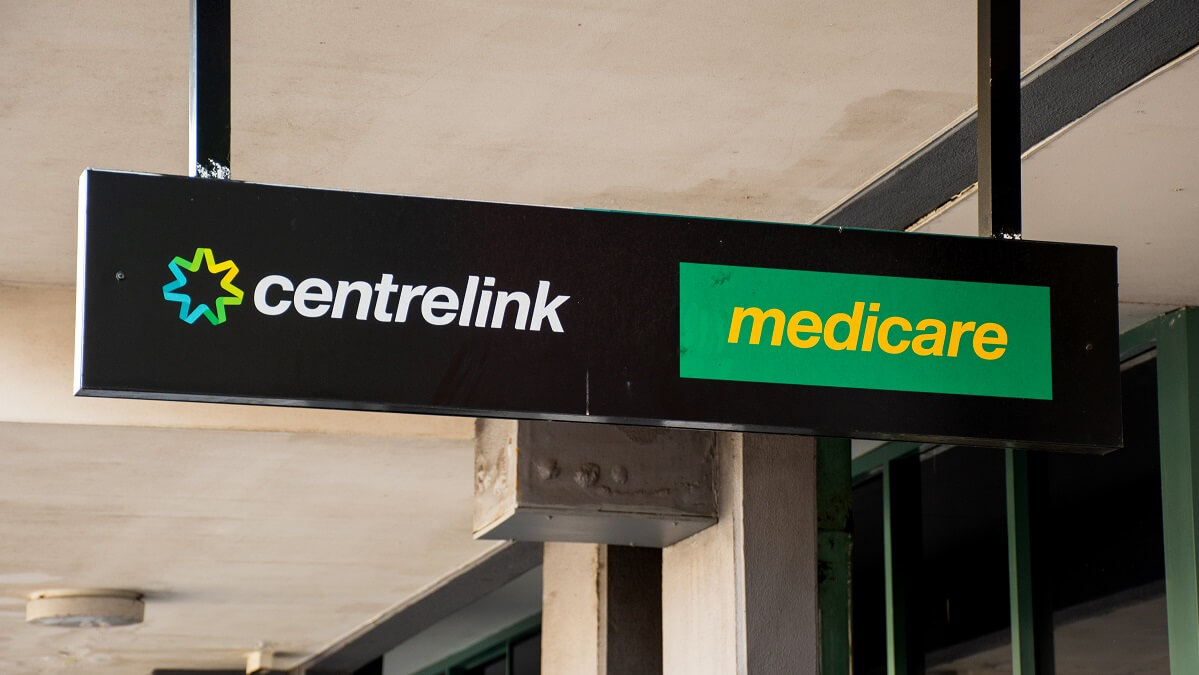With thousands of homes flooded, towns evacuated, regions isolated and more rain expected, Centrelink has come to the party to make practical changes to usual payment requirements to help the hundreds of thousands affected.
It has announced major changes aimed at helping payment recipients across parts of NSW, Victoria and Tasmania. The changes are varied and depend on where you live.
Here’s what you need to know.
Participation requirements and mutual obligations for dozens of postcodes affected by flooding have been put on hold for nearly a month. The length of the reprieve depends on your location.
Read: Are you financially vulnerable? Take the test
This means that recipients in certain local government areas (LGAs) in NSW, Victoria and Tasmania will receive their usual Centrelink payments even when they are unable to complete the normal associated tasks.
The Department of Social Services said in a statement: “During this period, no payment suspensions or financial penalties will apply if you don’t meet your mutual obligation or participation requirements.”
These obligations usually apply to those receiving Jobseeker, Youth Allowance and Parent Payments. For example, those receiving JobSeeker would normally be required to accrue points through such activities as applying for jobs, attending job interviews, volunteering and education.
Read: How to access Centrelink disaster payments
In NSW, residents in the LGA of Albury are exempt until 11 November and those in Moree Plains and Narrabri until 23 November.
The following Victorian postcodes and LGAs are exempt until 11 November: 3024, 3030, Alpine, Benalla, Buloke, Campaspe, Central Goldfields, Gannawarra, Greater Shepparton, Indigo, Loddon, Mansfield, Maribyrnong, Mitchell, Moira, Moonee Valley, Murrindindi, Strathbogie, Towong, Wangaratta and Wodonga.
Tasmanian LGAs exempt until 11 November: Break O’Day, Burnie, Central Coast, Central Highlands, Circular Head, Devonport, Dorset, Flinders, George Town, Kentish, Latrobe, Launceston, Northern Midlands, Meander Valley, Waratah-Wynyard, West Coast and West Tamar.
Services Australia says if you are not living in these LGAs or postcodes but are still experiencing a crisis, temporary exemptions may still be available. Relaxed rules can also apply to those experiencing domestic violence, homelessness, or the death of an immediate family member.
In other news, the federal government has extended support to flood-affected areas in south-eastern Australia making the one-off, non-means tested disaster recovery payment available to individuals across an additional 12 LGAs in Victoria and Tasmania.
Read: What’s in the October Budget for older Australians?
In Victoria, the payment of $1000 per eligible adult and $400 per eligible child is available to people who live in the LGAs of Benalla, Boroondara, Central Goldfields, Greater Bendigo, Loddon, Moonee Valley, Mount Alexander, Murrindindi and Yarra.
The assistance is already available to those in the Campaspe, Greater Shepparton, Maribyrnong, Mitchell and Strathbogie LGAs.
In Tasmania, payment is available to people in the 3 LGAs of Launceston, Latrobe and Devonport. The assistance is already available to those in the LGAs of Central Coast, Kentish and Meander Valley, who have suffered a significant loss as a result of the floods, including a severely damaged or destroyed home or a serious injury.
Is it welcome common sense to relax the rules regarding these payments? Should there be further recovery payments? Why not share your thoughts in the comments section below?

